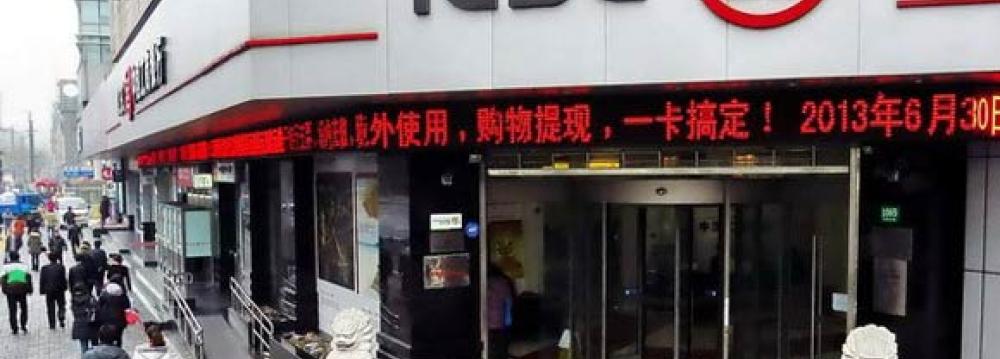China has set up a €10 billion ($11.15 billion) investment fund to finance projects in Central and Eastern Europe, Industrial and Commercial Bank of China said in a statement issued on Sunday.
The China-Central Eastern Europe fund, announced by Premier Li Keqiang during his visit to Riga on Saturday, will be run by Sino-CEE Financial Holdings Ltd, a company established by the bank earlier this year, Reuters reported.
The fund is aiming to raise €50 billion in project finance for sectors such as infrastructure, high-tech manufacturing and consumer goods, the bank said.
While targeting Central and Eastern Europe, it could extend to the rest of Europe and other regions if relevant to China-Central and Eastern Europe cooperation, it said.
The fund will be government-backed but will operate under business principles and be guided by the market, it added.
Central and Eastern Europe are part of China’s modern Silk Road where Beijing is hoping to carve out new export markets for its companies as the domestic economy slows.
China’s Vice Commerce Minister Gao Yan said last year that Chinese companies have already invested more than $5 billion in CEE countries.
But China’s push for more investment at the gateway to the European Union comes amid growing calls in top Eurozone economy Germany to restrict Chinese investment in some sectors.
Riga is hosting a summit of leaders from 16 central and eastern European countries and China, a group dubbed ‘16+1’ by Beijing.
China Life Insurance and Fosun Group are also involved in managing the fund, added the statement.
Maintaining Steady Growth
China will maintain steady growth and speed up economic transformation, Chinese Premier Li Keqiang said on Saturday, adding that the world’s No. 2 economy would be able to overcome current challenges, Xinhua reported.
China is trying to rebalance its economy to adapt to slower growth both at home and abroad but policymakers are struggling to contain a range of domestic issues such as surging home prices and rising debt levels.
Li said China’s moves to ensure “supply-side structural reform” while appropriately expanding aggregate demand have boosted the domestic economy, and economic restructuring and liberalization have also generated new areas of growth.
Data released last month showed China posted economic growth of 6.7% in the third quarter, steady from the previous quarter, as increased government spending and a property boom offset stubbornly weak exports.


